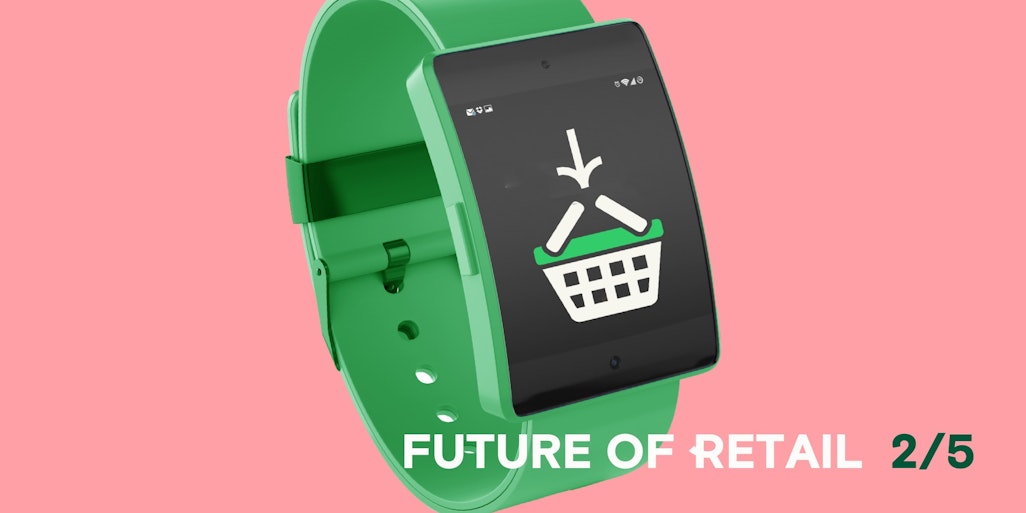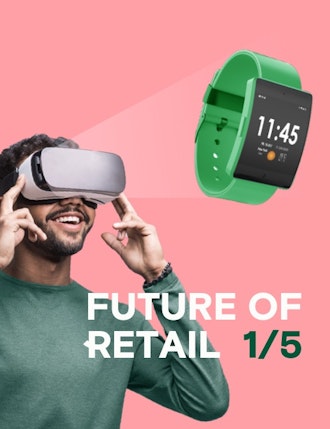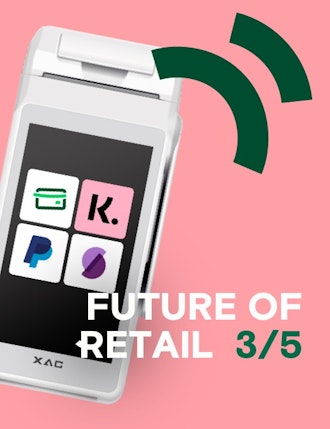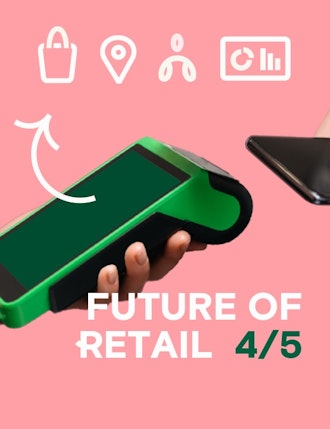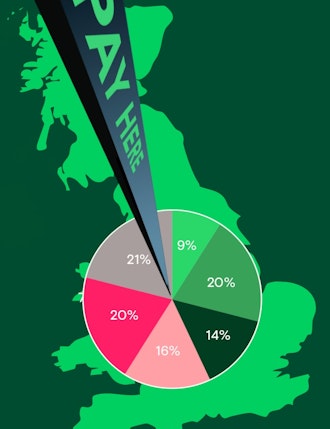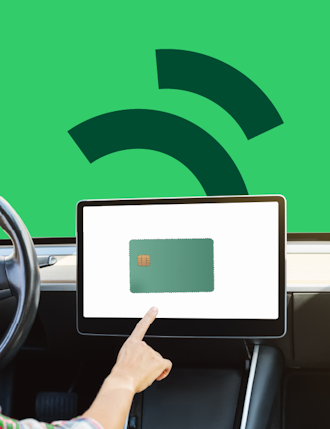Now more than ever, customers are interacting with brands via various omnichannel touchpoints such as websites, mobile apps, social media, marketplaces and brick-and-mortar retailers. With a growing omnichannel world, businesses must be omnipresent, delivering consistent product content across all channels and personalised recommendations that speak directly to customers’ unique preferences.
Omnichannel retail aims to create a cohesive brand experience for customers, regardless of the channel they choose to shop through. This can include viewing inventory levels across all channels, making it easy for customers to purchase items online and pick them up in-store, and providing personalised recommendations based on a customer’s browsing and purchase history.
This post continues our series looking at the different aspects of the future of retail in-person commerce. Topics you can look forward to in this series include the impact of technology within the next decade, the growth of the rise of payment systems, increased use of data and changes in store design.
The growth of omnichannel retail
Omnichannel retail has grown significantly in recent years due to the rise of eCommerce and the increasing number of online customers, especially since the start of the COVID-19 pandemic. It has led retailers to focus on creating a seamless online experience for customers, including easy navigation, personalised recommendations, and fast shipping. Thanks to the rise of mobile technology, it’s now even easier for consumers to shop on the go, further driving online retail growth.
Social media platforms have also made it easy for retailers to connect with customers and promote their products, creating a more cohesive brand experience across all channels. Meanwhile, the advent of innovative technologies like artificial intelligence (AI) and machine learning has also accelerated the growth of omnichannel retail, creating more personalised and relevant shopping experiences for customers, including analysing browsing and purchasing history to make personalised recommendations.
Trends shaping the future of in-person omnichannel retail
The future of in-person omnichannel retail will prioritise integrating technology to improve the customer experience while also being mindful of environmental sustainability and the needs of other stakeholders.
Some of the key changes we can expect to see in the future include the following:
- Interactive displays: Retail stores will feature interactive displays that allow customers to try on clothing virtually, experiment with new makeup looks or test out electronics.
- Integration with mobile: Continued focus on mobile integration in-store, allowing customers to use their mobile devices to check prices, view stock levels, and access information about products.
- Personalised experiences: Retailers will use data and AI to offer personalised recommendations and experiences to customers in-store.
- Contactless payments and checkout: Contactless payments and self-checkout systems will become more prevalent, reducing the need for human interaction and increasing efficiency.
- Virtual and augmented reality: Retailers will use virtual and augmented reality to create immersive in-store experiences and enhance product demonstrations.
- Smart shelves and inventory management: Stores will utilise smart shelves and real-time inventory tracking to improve the accuracy of product availability and reduce waste.
- Omnichannel fulfilment: In-store purchases will be fulfilled through multiple channels, such as curbside pickup or home delivery, providing customers with more convenient and flexible options.
Brands already harnessing in-person omnichannel retail
Several businesses and brands in the UK are already successfully exploiting the advantages of in-person omnichannel retail. The department store chains John Lewis and Marks and Spencer offer a seamless shopping experience across all channels, including in-store, online, mobile, and social media. They also offer various services, such as click-and-collect and personal styling, to enhance the customer experience. Furthermore, as one of the largest supermarket chains in the UK, Tesco has a strong omnichannel strategy. They offer a variety of click-and-collect services, such as home delivery and drive-thru pickup, and their mobile app allows customers to track their orders, create shopping lists, and access special offers and deals.
Preparing for an omnichannel future with a focus on sustainability
The growth of omnichannel retail has increased the importance of a holistic approach in commerce, requiring brands to consider the impact of their actions across technology, operations, supply chain management, and customer experience. By adopting a holistic perspective, utilising data and technology and focusing on sustainability and consumer preferences, companies can ensure their omnichannel strategies are sustainable and meet the needs of all stakeholders, not just customers.
Brands must also look to address the challenges posed by a lack of data visibility and data silos. Consolidating customer content and insights will enhance data management and deployment of various omnichannel experiences. Automation should become a key part of a brand’s strategy, with brands realigning their organisations and undergoing a digital and cultural transformation to maximise cross-functional collaboration. Merchants will be able to combine brick-and-mortar business operations with online information through the use of orchestration platforms, ensuring that each interaction is consistent and connected to create a seamless experience for customers regardless of the channel they use.
Within the next five to 10 years, omnichannel retail will continue to grow as consumers demand both a seamless and personalised shopping experience across all touchpoints. Brands that successfully embrace omnichannel retail can look forward to an increase in customer loyalty and revenue, while those who don’t will risk being left behind.
With the growth of omnichannel retail, payment options will become more diverse and integrated with other systems, such as inventory management and customer relationship management. Be sure to follow our future of in-person retail blog series with our next post focusing on the rise of payment systems.
Interested in reading more around this subject? Here are some useful articles…
